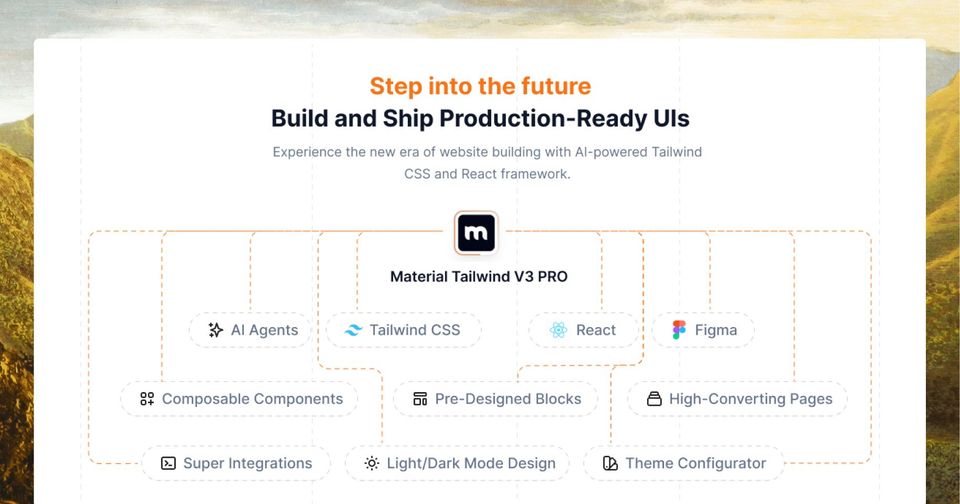Citizen developers have become commonplace in recent years. Low-code and no-code development platforms (LCDP/NCDP) have empowered non-IT businesses with easy-to-use programming tools to help them construct business process automation (BPAs) and quick programmatic solutions.
Non-programmers can now go as far as building applications with advanced user interfaces without writing a single line of code. Undoubtedly, low-code and no-code solutions are pushing business and technology forward.
However, because no-code and low-code tools are typically used by people with little-to-no technical backgrounds, they pose a few risks. One such risk is network and cybersecurity. This guide will investigate the security challenges of low-code and no-code and how to solve them.
Understanding the Security Challenges of Low-Code and No-Code
Low-code and no-code solutions have speed up the application delivery process. Additionally, they have freed-up precious time for developers, allowing them to focus on more complex tasks. However, the biggest issue with low-code/no-code tools is that you have less control over what goes on in the background.
These tools essentially produce the code for you. In most cases, you have little visibility into what happens during this process. You just have to trust that your LCDP/NCDP builds secure and optimized code. Many companies and users fail to check if these platforms have any vulnerabilities that may open them up to attacks from bad actors.
Create website pages for your Startup or Business in minutes using our Drag & Drop online Low-Code Website Builder
Technology evolves, and cybercriminals have only leveraged this evolution to create more sophisticated attacks. For instance, we’ve seen an increase in cryware targeting crypto wallets. Attacks such as these did not exist a decade ago. Securely purchasing cryptocurrency online has become a growing concern and forced users to change their habits.
Application solutions built in-house can be regularly updated, and their vulnerabilities weeded out and patched. But what are the specificities of low/no code’s security limitations, and can they be addressed?
1. Subpar User Profile Management
In the last few years, security models and philosophies such as zero trust have become popular. This partly has to do with businesses moving towards remote and hybrid work environments. Zero trust revolves around the principle: “never trust, always verify, enforce the least privilege.”

Businesses must continually monitor user permissions and implement tight rules to apply this philosophy. However, programs, applications, and automation built using LCDP/NCDP often miss tools to facilitate appropriate user account controls.
Even more troubling is that some of these low-code/no-code options lack access controls of their own, and anyone in the organization can run and use them. Most solutions built using low/no-code are fast and dirty; they’re meant to fix problems quickly. Because citizen developers aren’t specifically trained in secure app development, this is an aspect of the application creation process that they’re most likely to overlook.
The Solution
Companies must have strict security standards for the business applications they utilize and create. They should lean towards using reputable low-code/no-code development platform vendors with tools for proper user account permission management. The platform should have nuanced role-based access controls. Furthermore, it should allow you to integrate similar access controls into the applications that you build.
Your organization should also monitor and restrict access to certain application. No one but certain users should have access to these development platforms. It’s a good idea to keep an updated inventory of who can access what.
Furthermore, a record of user logins should be automatically generated, checked, and placed in a secure location. This will allow you to track which users logged in and used the application and at what time.
2. Shadow IT
Software development departments typically consist of tight-knit teams. They have processes to ensure that nobody steps on each other’s toes, limiting unnecessary redundancies. The teams also have strict development and delivery pipelines. Citizen developers do not have any of that.
Thus, a citizen developer may try to create or use automation or an application that already exists. They may also risk using unsafe software to supplement functions they cannot build through the no-code platform. This is called shadow IT. If organizations fail to address the dangers of shadow IT competently, it can result in extremely damaging data breaches and hacks.
The Solution
Again, companies must keep a regularly updated list of applications and software. They should also implement blocks and firewalls on non-IT staff’s PCs to prevent them from downloading dangerous applications.
If a worker wants to install additional applications, they need to go through a member of your IT staff who will vet and decide if the software is safe to install and use. No one but a member of your technical staff should be responsible for patching and upgrading software, including no-code/low-code platforms. If you have the resources, you can also task certain technical staff members to test applications built using LCDP/NCDPs.

3. Failure To Sufficiently Vet Platforms
Choosing a vendor based on their reputation isn’t enough, but you must ensure that all your application is adequately vetted for any security holes. Furthermore, your staff should be sufficiently trained in all facets of the platform’s operations.
The Solution
Make sure that users are trained and certified with every new version release. Your organization must also provide ample (ongoing) security training for building and using low-code/no-code solutions. The non-IT staff should be educated on trends in cyber hygiene and able to identify phishing scams through suspicious pop-ups and links.
Implement methods to thoroughly analyze both the platform and the projects created through it. You must have access to the vendor’s API to help find any vulnerabilities in the platform.
You should also consider testing apps in secure encapsulated environments to ensure that they aren’t trying to access important business data or attempting to create suspicious connections. You can use Virtual Private Networks (VPNs) and virtual machines (VMs) to test these solutions securely.
4. Lack of Visibility
Many low-code tools allow users to view and edit generated code, but many platforms make project source code inaccessible. Whether through proprietary programming mechanics or encrypted source code, these platforms make it impossible to see how the tool has been built.
The Solution
Your LCDP/NCDP should provide you with a comprehensive software bill of materials - avoid any vendors that cannot. Moreover, you should ensure that you use platforms that are appropriately certified according to modern rules, such as the EU’s General Data Protection Regulations (GDPR).
Conclusion
Low-code and no-code development platforms (LCDP/NCDP) are only increasing in sophistication and popularity. As such, we expect to see a greater number of platforms with improved security in the future.
But for now, having well-established security policies is the best way to protect your business against software-related cyber attacks and breaches, regardless of whether the application is made using low-code or traditional approaches.
😍 Top Low Code Resources
If you are looking for high-quality and safe options for your low-code or no-code tools, check out our examples:
- Soft UI Dashboard Builder - Create amazing dashboard pages in minutes using our Drag & Drop online builder based on Bootstrap
- Argon Web Builder - Build web pages for your Startup or Business using our Drag & Drop online builder based on Bootstrap.
- Loopple - Build your next Bootstrap Dashboard quickly using this easy-to-use builder.
About the Author
Magnus Eriksen is a copywriter and an eCommerce SEO specialist with a degree in Marketing and Brand Management. Before embarking on his copywriting career, he was a content writer for digital marketing agencies such as Synlighet AS and Omega Media, where he mastered on-page and technical SEO





